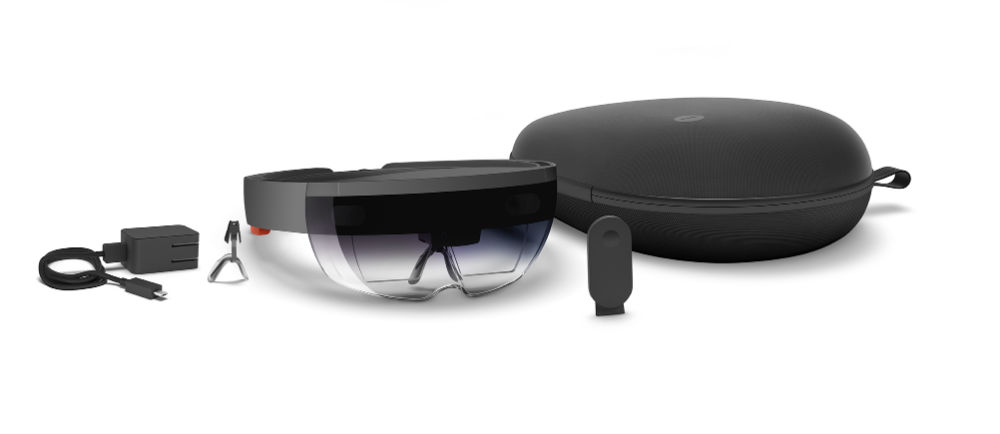The Microsoft Research Team revealed a new pair of augmented reality glasses today that offer an exciting form factor, even if their performance isn’t up to snuff.
The new lenses were made known to the world in a research paper titled Holographic Near-Eye Displays for Virtual and Augmented Reality penned by Microsoft’s Andrew Maimone, Andreas Georgio and Joel Kollin. Their findings were published in the ACM Transactions on Graphics journal.
What’s described in the paper are “novel designs for virtual and augmented reality near-eye displays based on phase-only holographic projection.”
The researchers methodology here is “built on the principles of Fresnel holography and double phase amplitude encoding with additional hardware, phase correction factors, and spatial light modulator encodings to achieve full color, high contrast and low noise holograms with high resolution and true per-pixel focal control.”
Read the full research paper
All of this technobabble is merely to say that what we have here is the first ever augmented reality headset prototype to be shown off from Microsoft since its industry-leading HoloLens design. The big difference between this prototype and the HoloLens is the form factor. The new model looks much more similar to a pair of standard glasses that a regular person could comfortably wear on a daily basis. However, the trade off for that sleek design is a steep drop off in performance.
The HoloLens is able to track the movements of its user’s head as well as his or her position in space. It is also completely wireless and runs on battery power while projecting stereoscopic 3D images to each of your eyes.
This prototype, however, is only capable of flat, monoscopic images and needs to be tethered to a powerful external processor in order to run, according to the paper.
“There’s still a lot of work to be done,” the paper reads. “We show various capabilities of near-eye holographic displays (wide field of view, compact form factors, multi-focus, etc.) but we have not yet achieved all these capabilities in a single device.”
The research team will be discussing their work in greater detail during a panel in August at this year’s SIGGRAPH convention in Los Angeles.


























